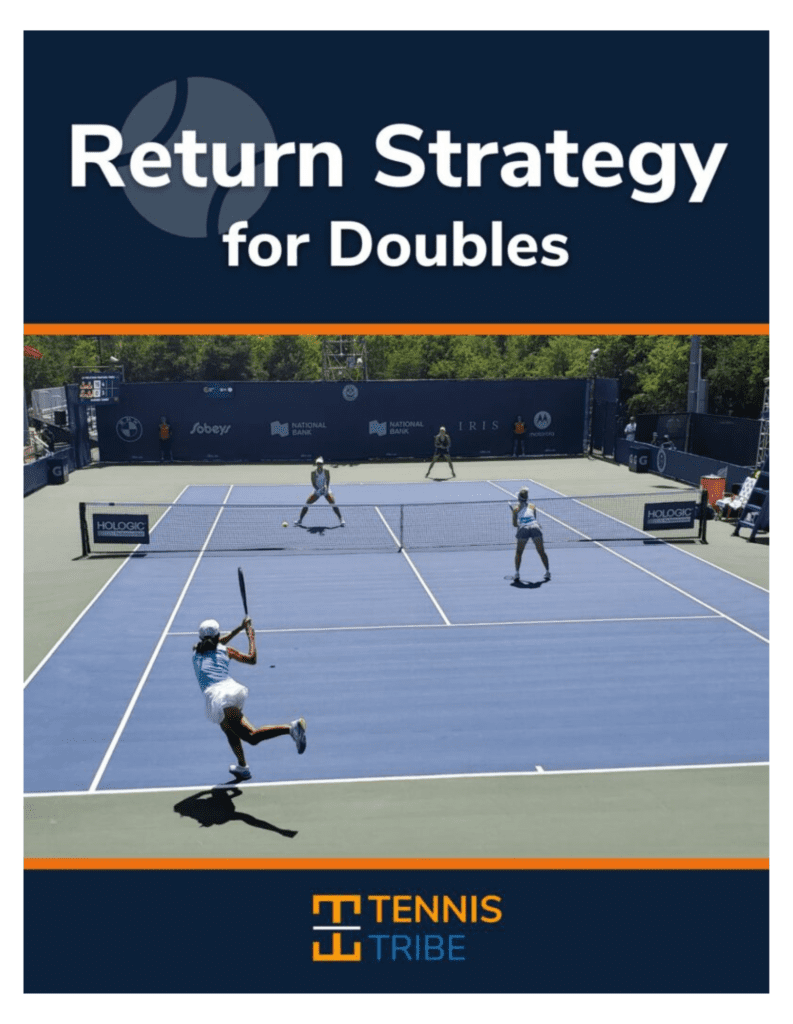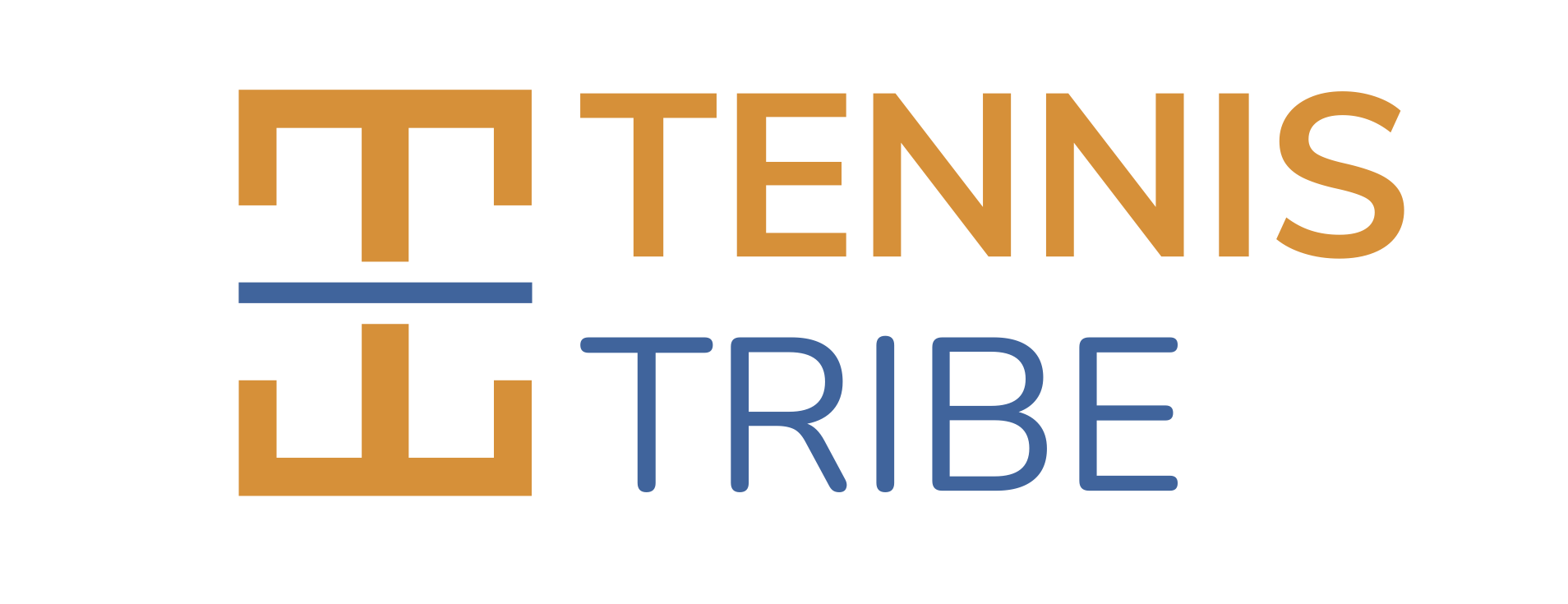This is the third episode in a four-part series on doubles strategy. If you’ve never thought about strategy before or are new to doubles, this series will get you started and help you turn into a smarter, more effective tennis player.
We cover the jobs of the returner and the returners’ partner, and how to return against different types of doubles teams. You’ll learn the best strategies for returning against the serve and volleyer, players who poach a lot, or teams who use the I-formation. This episode will help you focus on the right things so you can break serve more often.
Listen to all four episodes in this series on doubles strategy:
- Foundations of Double Strategy & The Mental Game
- Serve Team Strategy for Doubles
- Winning Return Strategies for Doubles (this episode)
- Net Play Strategy for Doubles

This 71-page Ebook will skyrocket your return game
Proven Return Strategies Against Any Type of Server
EVERYTHING I know about return strategy. I teach this information to 3.0 club players and ATP/WTA top 10 doubles teams.
Show Notes from this Podcast
Here are some of the things I mention in this podcast episode on return strategies for doubles.
- The return is not practiced enough. It should be a part of your doubles practice.
- Returner’s role: Make returns! Don’t give away free points. Get the point back to neutral or to your advantage.
- Returner’s partner’s role: Read the point and either attack or defend. You need to read the serve, return, and the opposing net player.
- General rules for the return team.
- Return over the middle net strap.
- Step in to take time away from the opponent.
- When returning, we start the point on defense! You may play the perfect point & lose. That’s OK. Consistently make returns and they will eventually miss a few volleys or first serves.
- The returner can stand just behind baseline and move forward.
- The returner’s partner can stand just behind the service line.
- Strategies for the deuce court.
- The opponent’s forehand volley is in the middle, so it is the more difficult return side.
- Generally, try to hit a deep return back to the server. An ideal return is down the middle to the server’s backhand, but it’s tough.
- When hitting down the line, aim for the singles line. Make the opponent hit a backhand volley.
- Strategies for the ad court.
- The opponent has a backhand volley in the middle, so this makes returning easier.
- An ideal return is wide to the server’s backhand or near the center net strap to bait the net player into trying a backhand volley.
- The down the line return should be less common here because it is to the opponent’s forehand volley. Do it on second serves with an inside-in forehand.
- Video Lesson

Leave a Reply